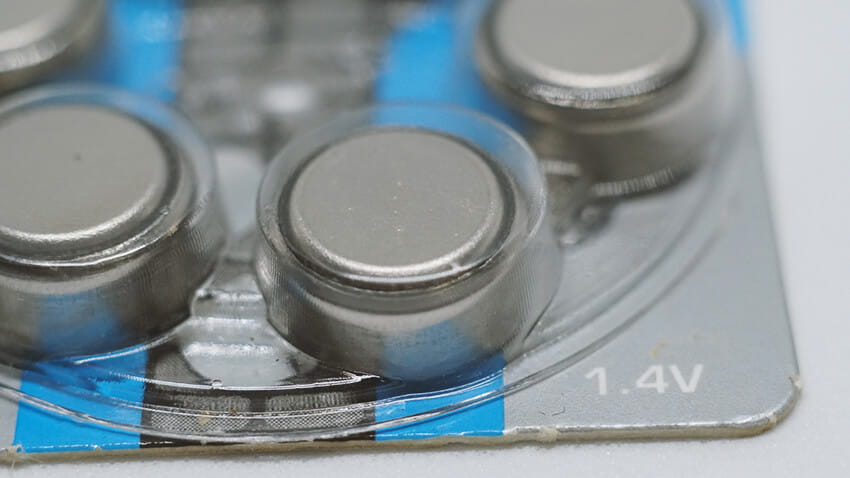A swallowed button battery is an emergency

By: Our partners at Children's Hospital of Philadelphia
Button batteries can be found everywhere in the home: inside toys, remote controls, watches, lights and other devices. The small, coin-shaped discs, also known as lithium batteries, represent a growing risk of injury, and in some cases, death, for small children.
When swallowed, these batteries can get stuck in a child’s throat. Once inside, a child’s saliva interacts with the battery’s charge for a chemical reaction that burns tissue, may damage vocal cords and more. Within hours, the battery may burn a hole through the airway, causing catastrophic damage or fatal internal bleeding.
How to keep children safe
Over the last 20 years, button batteries have become commonplace, powering everything from headphones and remote controls to key fobs and thermometers, to name a few. With button batteries being used in more and more devices, battery-related emergency department visits from 2010 to 2019 more than doubled compared to the decade before, according to a study.
To keep your child safe, the first task to identify all devices with button batteries and tightly secure or tape shut battery compartments. Keep spare batteries out of reach.
When opening new battery packaging, make sure none of the small discs fall out of sight. Finally, when batteries are spent, safely dispose of them.
What to do if a child swallows a battery
Children often swallow batteries without anyone noticing. Symptoms mimic the common cold or flu. They include sore throat, difficulty swallowing, cough, vomiting, gagging or chest pain.
In 2015, Children’s Hospital of Philadelphia (CHOP) research found that honey can help if given in repeated small doses after a child swallows a button battery. Giving honey was adopted in 2018 as a national standard of care to lower risk of serious injury while the child is on the way to the emergency department.
If you believe your child has swallowed a battery, seek medical attention immediately and head to your nearest emergency room. On the way, give two teaspoons of honey every 10 minutes, up to six doses over the course of an hour.
Do not give your child medication to move their bowels or vomit. The battery may get stuck in a different place or increase risk of injury.
For guidance day or night, call the Poison Control Center at 1.800.222.1222.
For more on the dangers of button batteries, visit the full article on CHOP's website.
 Content you want, delivered to your inbox
Content you want, delivered to your inbox
Want to get the latest health and wellness articles delivered right to your inbox?
Subscribe to the Well Ahead Newsletter.
